On the Road is a weekday feature spotlighting reader photo submissions.
From the exotic to the familiar, whether you’re traveling or in your own backyard, we would love to see the world through your eyes.
On the Road: Week of May 10 (5 am)
Albatrossity – Spring 2021 in Flyover Country #3
Elma – In Bruges
?BillinGlendaleCA – ?
JanieM– China, part 4/8
Steve from Mendocino – The Caribbean 3 of 4: Last Puerto Rico pictures
? And now, back to Albatrossity!
Albatrossity
Images for Week 3 of Spring in Flyover Country have some birds, some flowers, and some fires. Enjoy!
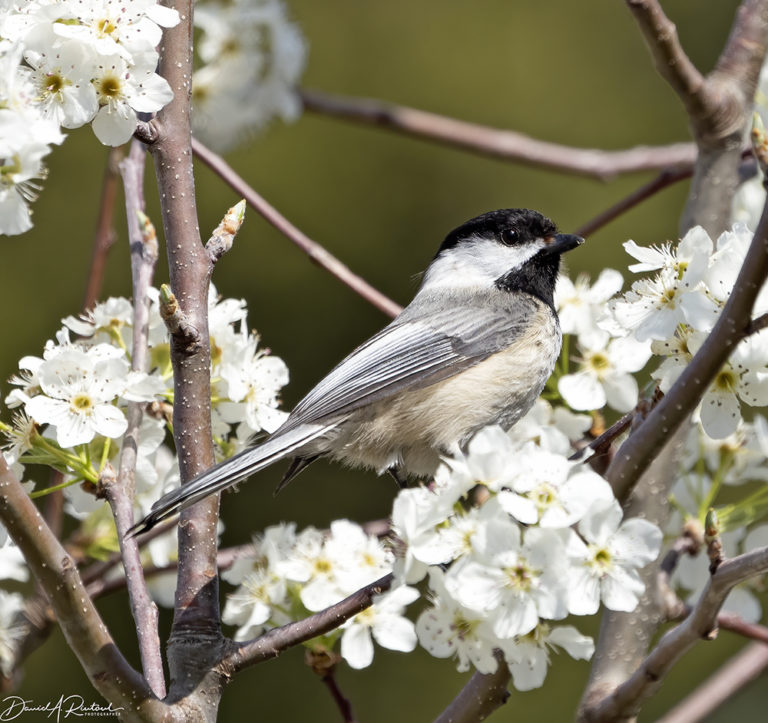
First up is this common resident, found in Flyover Country and all across the North American continent, perched in some wild plum blossoms. When the plums are blooming, I try to find some that also have some birds feeding on the insects who are feeding on the blossoms, and this Black-capped Chickadee (Poecile atricapillus) cooperated!
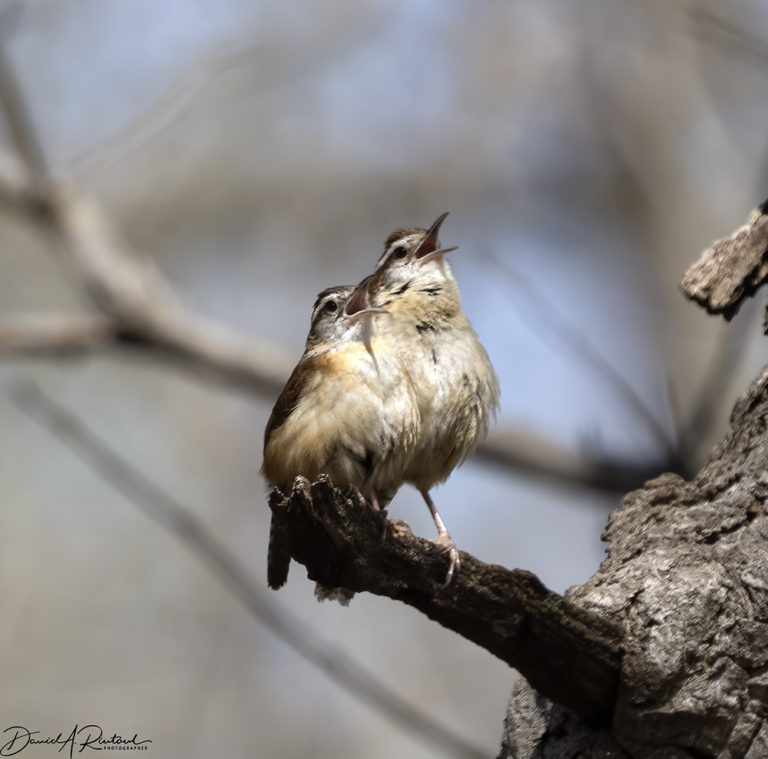
Carolina Wrens (Thyrothorus ludovicianus) are another common resident in this part of Flyover Country, but this is an uncommon behavior for them. In some species of wrens both the males and the females sing, but that is not the case for Carolina Wrens. And all wrens are extremely territorial, particularly in the springtime when they are courting, defending their territory, building nests etc. Nevertheless, these two Carolina Wren males decided that I was a bigger problem than any issue that existed between them, and they sang loudly at me from this dead snag for 20-30 seconds before they decided I was not going anywhere.
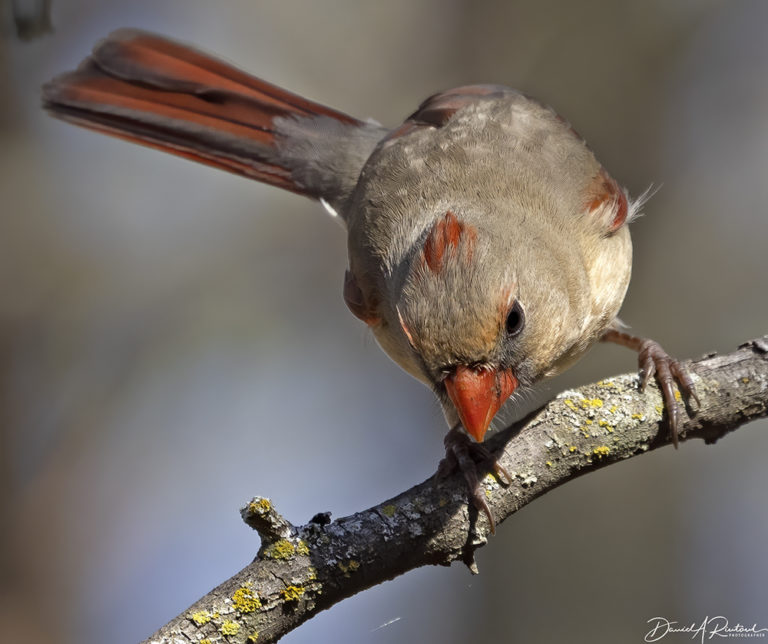
Northern Cardinals (Cardinalis cardinalis) are also abundant here, and across much of eastern North America. They are slowly expanding their range to the west; when I was a kid growing up in western KS there were no cardinals out there. Now they can be found right up to and across the KS/CO border. I think that female cardinals have an underappreciated beauty, and this one is no exception.
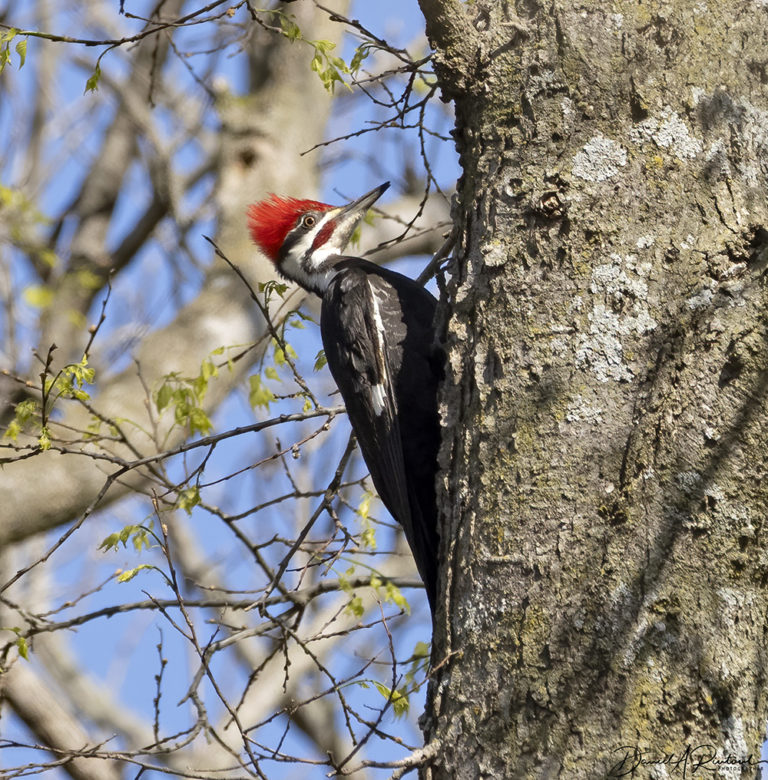
Pileated Woodpeckers (Dryocopus pileatus) are now regular year-round residents in my part of the state, a welcome development over the past decade or so, even though that depended on loss of prairie habitat and growth of bigger and bigger trees. This male was quite vocal when I interrupted his morning drumming routine, but he soon settled down and got back to work
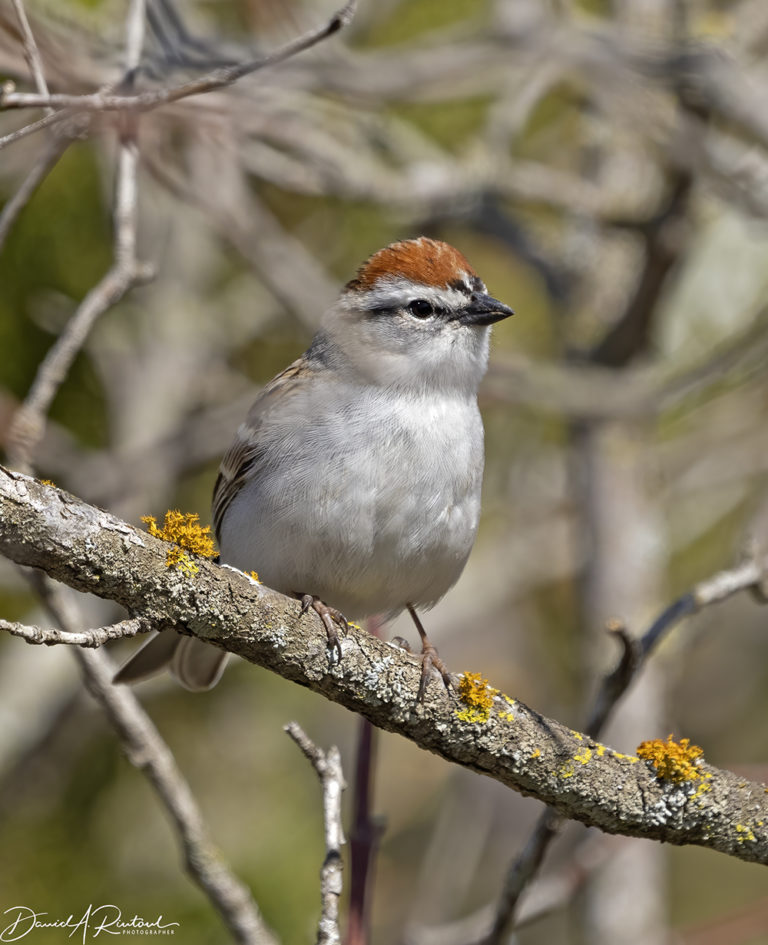
One of the earlier migrant sparrows here is the Chipping Sparrow (Spizella passerina) . They spend the winter not too far south of here, in TX and Mexico, but arrive here in time to say goodbye to the juncos and American Tree Sparrows. They have a clean and elegant look in the springtime, and their cheerful songs will be heard here throughout the spring and early summer.
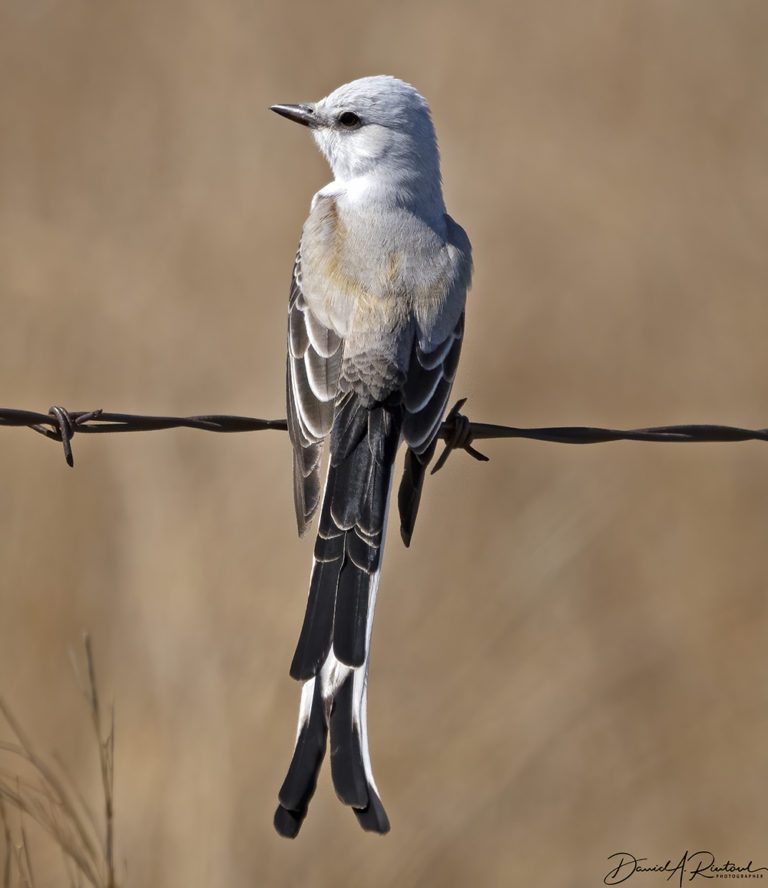
A much anticipated returnee to Flyover Country is the Scissor-tailed Flycatcher (Tyrannus forficatus). They spend the winter season in the tropics and subtropics, but are actually rather hardy flycatchers, arriving here in the first week or two of April, and departing again in late October. This is a very classy bird, and I am always glad to see them in the springtime.
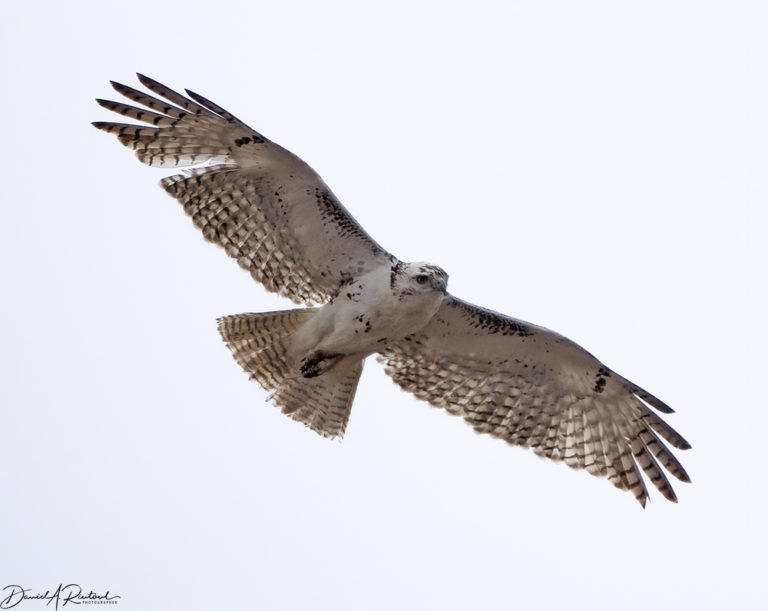
There are always a few stragglers in migration as well, and hawks are no exception to that generalization. This first-year light-morph Harlan’s Red-tailed Hawk (Buteo jamaicensis harlani) was in no hurry to get back to Canada or Alaska; generally these hawks do not mate and nest until after their second year on the planet. It may have come from somewhere south of here, or may have spent the winter here, but it is eating well and already starting to molt into the adult plumage.
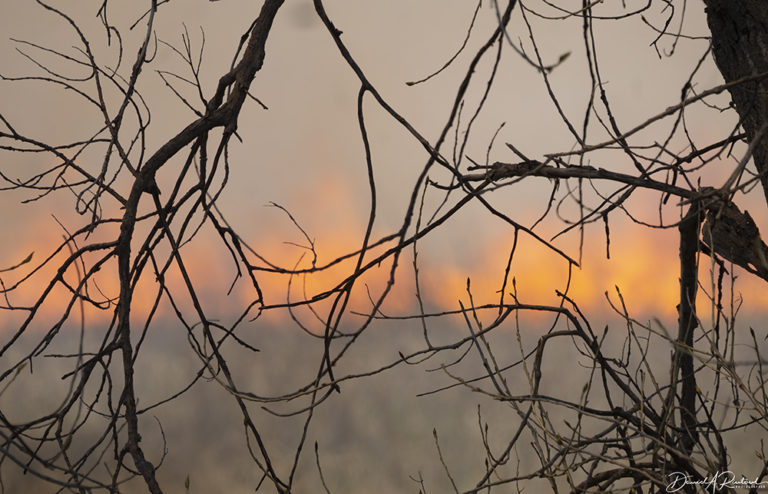
Controlled burning of the local prairies is also a sign of spring here. The standing dead grass burns and makes way for the spring growth, while the trees stand by and hope that things don’t get too hot.
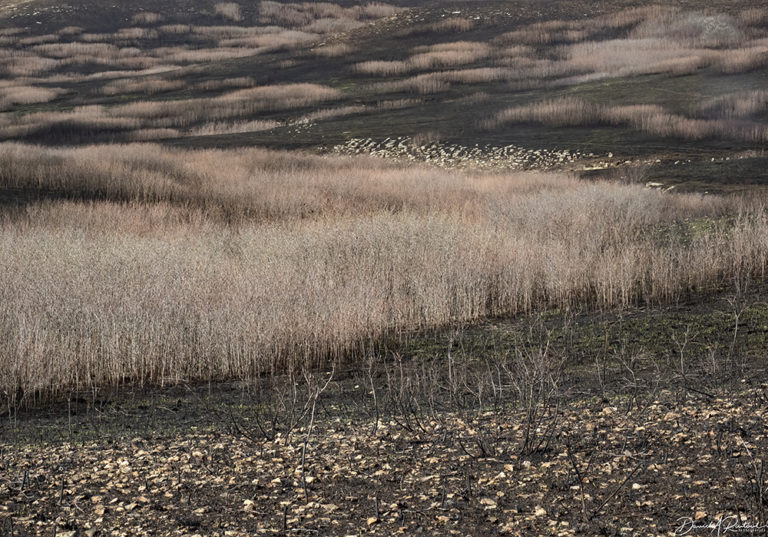
After the burns you can see the bones of the Flint Hills, the abundant and close-to-the-surface flint rocks which dissuade those who would like to plow up the land and plant wheat or corn.
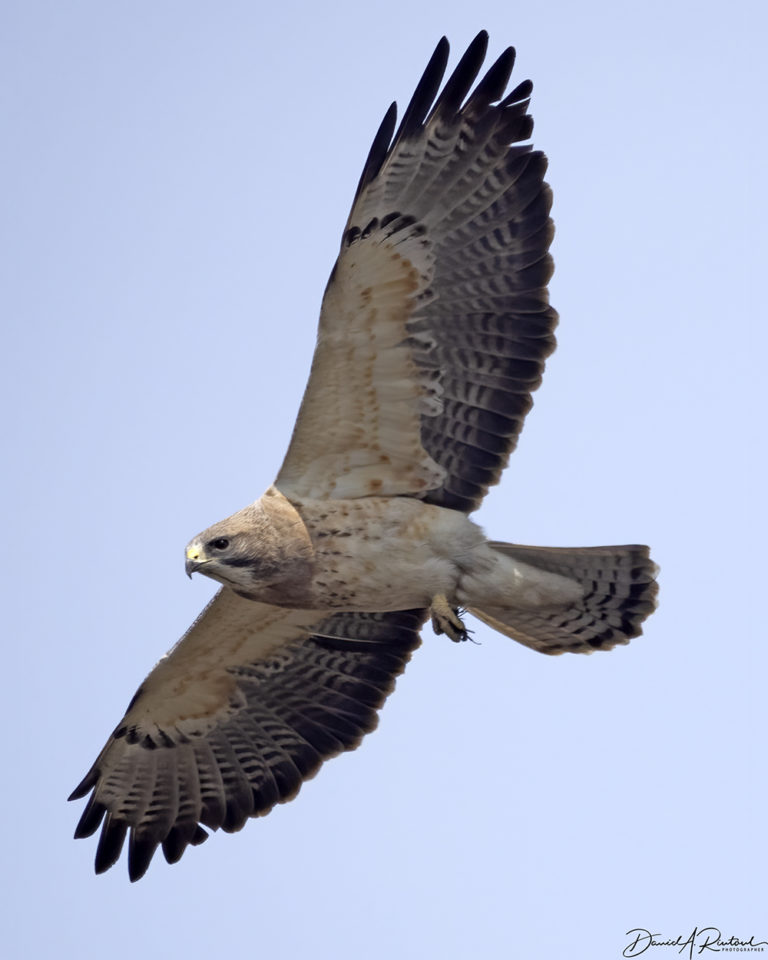
And following the burns you can find many Swainson’s Hawks (Buteo swainsoni), freshly returned from the pampas of South America. They spy the smoke columns from miles away, and congregate to follow the fire lines, pouncing on any unfortunate mammal or snake who is fleeing the flames. Photographers also can learn to watch for the smoke and head that way if they want to find Swainson’s Hawks.

eclare
That Swainson’s Hawk has a very intense focus!
Rob
The wrens are adorable!
Mathguy
Thanks for these great photos. I always look forward to seeing your photos of the birds of the Great Plains since I’ve been learning so much about what species inhabit this region and some of their habits. I wish the scissor-tailed flycatcher came a little farther north. When I was living in Texas (shudder), I would see them hanging out on the barbed wire fences in the fields I ran by. Beautiful bird.
Albatrossity
@Mathguy: Yeah, Scissor-tailed Flycatchers need to be more widely distributed all across the country. I bet we’d have more birdwatchers if these birds were more common elsewhere.
But they are moving north slowly. When I was a kid growing up in SW Kansas, these birds were pretty much found only in the southern counties in this state. Now there are regular summer sightings and a few nesting records in southern Nebraska.
arrieve
Such a beautiful start to the day. Your bird pictures are always inspiring — I hope to someday manage shots half that good — but I especially love the photo of the prairie after the fire. That’s an amazing landscape.
JanieM
The Carolina wrens made me laugh out loud. They look like a pair of choir boys, puffing out their chests for the glory of some deity or other.
Great pictures as always. Like @arrieve, I especially like the after-the-burn shot.
Chat Noir
I love the girl Cardinals, too! I think they are beautiful in their own right. Usually when you see a girl, you see a boy, and vice versa.
BruceFromOhio
These are really good shots!
The chickadees, cardinals and woodpeckers are all present in out little green acre. The chickadees are relentless scolds if the feeders run out, or if I get too close while they are eating. Their energy and habits are standouts in the cold months as many other birds take off for warmer places. They’ll disappear for a bit when it really warms up, and their return is a harbinger to the change of season. The cardinal pair show up at dusk almost every evening for some sunflower seeds. Some years they have stuck around all winter, some years not. They’ve been a steady presence for the twenty years we’ve lived at our current address. This year the woodpeckers have taken up residence in a neighbors dead tree, and are out there hollering at each other when not pecking for insects.
Kristine
So many lovely photographs. A great way to start the day. Thank you.
stinger
David, there is always something truly special about each one of your photos. The chickadee among the plum blossoms looks particularly well groomed, as if he’s just run a comb through the brilliantine on his feathers. The Carolina wrens harmonizing in the face of a larger enemy; the delicacy of the female cardinal’s markings; the lichenous growths on the branch supporting the chipping sparrow that point up the color on his head and add to the sense of burgeoning life; the very muscular-looking Swainson’s hawk…. Love them all.
J R in WV
We have lots of big trees, many of which have insect issues, which draws woodpeckers from all over, like hosting a MickeyDs for woodpeckers. I see pileated woodpeckers pretty often, but they always walk around to the other side of their tree, or sail off shrieking that tiny dinosaur call of theirs.
Last time I went to town a raptor was cruising away from me as I drove, in the wooded hillside just across the creek beside the county road, so it was 12 or 15 feet away. But it was flying and I was driving, so I didn’t see any sign of what kind of good sized hawk it was. Not impossible that it was a barred owl, we have a large colony of those guys, they mostly roost in the giant twisty trees on the ridge top north of the house. The harsh weather of high ridge tops makes those trees not worth cutting, plus ridge top really hard to work up to.
Then, same trip to town, a Kingfisher soared across the creek just in front of me, so pretty. Glad the local creeks attract creek feeding birbs. Have had the crap startled out of me by a giant Great Blue Heron leaping out of the creek right in front of the truck several times. Not lately, but I do see them soaring above Coal River from time to time.
Thanks for the pics, will never know how you capture such shy critters so well so often. Great workAs always !!!
BigJimSlade
Great set! That Swainson’s hawk (last pic) looks like it has a little something in its claw.
Steve from Mendocino
Would be fun to see the second to the last shot in your original edit. Subtleties get pretty clobbered by the BJ sausage machine, and I suspect that we’ve lost the some gorgeous texture and color.
Albatrossity
@Steve from Mendocino: Yeah, I understand why they compress the hell out of pics, but it still irritates me! Here is the original edit of that prairie burn, or at least the original size.
@BigJimSlade: That hawk had just made a grab for some critter escaping the flames, and came up with a fistful of grass and dirt. I did not get that shot, alas.
A woman from anywhere (formerly Mohagan)
Fabulous pictures as always. Thank you!
mvr
@Albatrossity:
Nice!
Steve from Mendocino
Beautiful. Thanks.
Gary K
My wife and I think of Pileated Woodpeckers as the bird whose pronunciation will always be corrected by your interlocutor. If we say “pill-eated,” they’ll immediately correct it to “pile-eated,” and vice versa.
Albatrossity
@Steve from Mendocino: You’re welcome. I love that image; it is my current wallpaper for my laptop. It ain’t Weston Beach, but it is a fine combination of textures, IMHO